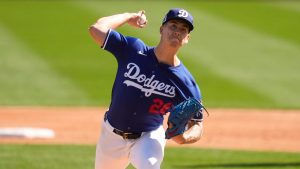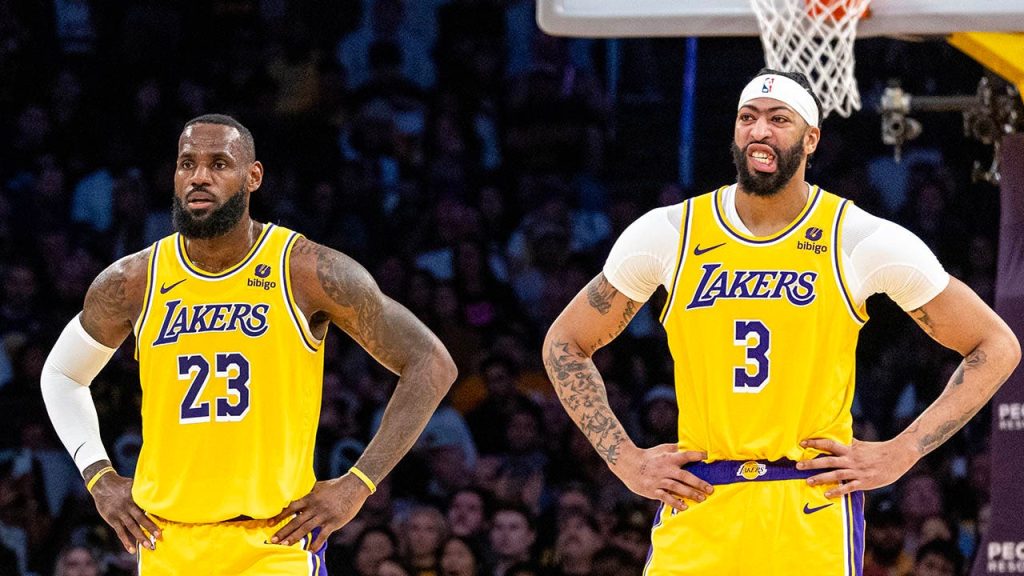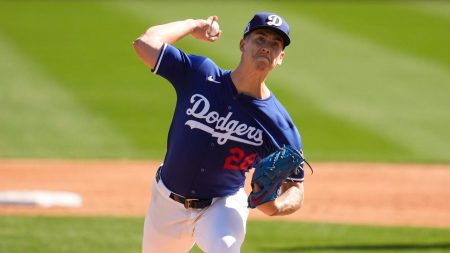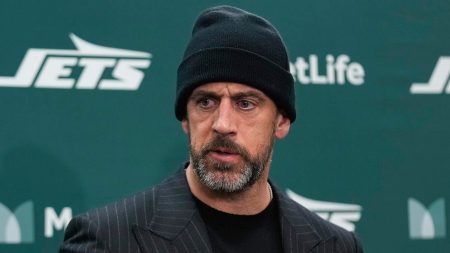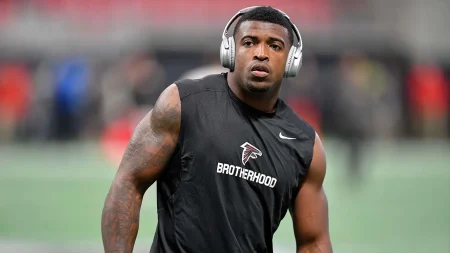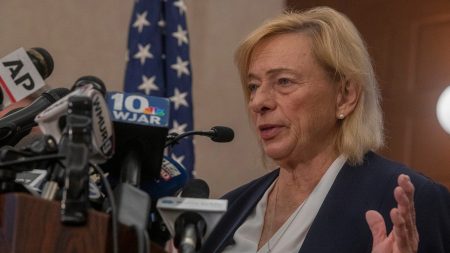The predawn hours witnessed a seismic shift in the NBA landscape as the Dallas Mavericks and Los Angeles Lakers executed a blockbuster trade, exchanging superstar talents Luka Dončić and Anthony Davis. This unprecedented move marks the first time in league history that two reigning All-NBA players have been traded midseason, sending shockwaves throughout the basketball world. The trade raises numerous questions, particularly regarding Dallas’s motivation to part ways with a 25-year-old MVP candidate and global icon fresh off an NBA Finals appearance.
While the full rationale behind the trade remains shrouded in some mystery, reports suggest that LeBron James, Davis’s teammate in Los Angeles, had expressed growing frustration with the star center’s intermittent availability and perceived lack of consistent intensity despite Davis’s impressive on-court production, averaging over 25 points and 12 rebounds alongside elite defensive contributions. James, who was reportedly informed of the trade shortly before the news became public, vehemently denied these reports on social media, labeling them as outright fabrications. The suddenness and secrecy surrounding the trade underscore its unexpected nature.
The trade’s specifics involve a complex exchange of players and draft assets. The Lakers acquire Luka Dončić, a generational talent known for his exceptional scoring prowess, playmaking ability, and leadership qualities. They also receive Maxi Kleber, a versatile forward who provides defensive solidity and floor spacing, and veteran forward Markieff Morris, adding depth to their frontcourt. In return, the Mavericks acquire Anthony Davis, a dominant two-way force who anchors the defense and offers a potent offensive presence. They also obtain Max Christie, a promising young guard, and the Lakers’ valuable 2029 first-round draft pick, providing future assets for team building. To balance the trade’s complexities, the Utah Jazz enter the equation, acquiring Jalen Hood-Schifino, a talented young guard from the Lakers, along with two future second-round draft picks.
Luka Dončić, the centerpiece of the trade, represents a paradigm shift for the Lakers. The Slovenian superstar, still just 25 years old, has already established himself as one of the league’s premier players, leading the league in scoring last season with an impressive 33.4 points per game. His career averages of 28.6 points, 8.7 rebounds, and 8.3 assists showcase his all-around brilliance and place him firmly in the MVP conversation year after year. Dončić’s arrival in Los Angeles instantly transforms the Lakers into a championship contender, pairing him with LeBron James in a potentially devastating offensive duo.
For the Mavericks, acquiring Anthony Davis presents a different set of opportunities and challenges. Davis, when healthy, is a game-changing presence on both ends of the court, possessing elite shot-blocking skills, rebounding prowess, and a versatile offensive game. However, his injury history is a concern, and the Mavericks will need to manage his workload carefully to ensure his availability throughout the season. The addition of the Lakers’ 2029 first-round pick provides valuable future flexibility for the Mavericks, allowing them to pursue further roster upgrades or draft a high-potential prospect.
The trade’s ramifications extend beyond the immediate impact on the Lakers and Mavericks rosters. The inclusion of the Utah Jazz, facilitating the movement of draft picks and young talent, underscores the intricate nature of modern NBA transactions. The trade’s timing, occurring midseason with limited prior indications, also adds to its dramatic impact, creating a flurry of speculation and analysis throughout the league. The long-term consequences of this trade will undoubtedly shape the NBA landscape for years to come, influencing the trajectory of both franchises involved and potentially altering the balance of power in the league.
This blockbuster trade stands as a testament to the dynamic and ever-evolving nature of professional basketball. It underscores the willingness of teams to make bold moves in pursuit of championship aspirations, even if those moves involve parting ways with established superstars. The trade’s ripple effects will be felt throughout the league, prompting other teams to re-evaluate their own rosters and strategies in light of this seismic shift in the competitive landscape. The trade’s long-term implications, both on the court and in the broader NBA ecosystem, will continue to unfold in the seasons ahead.


